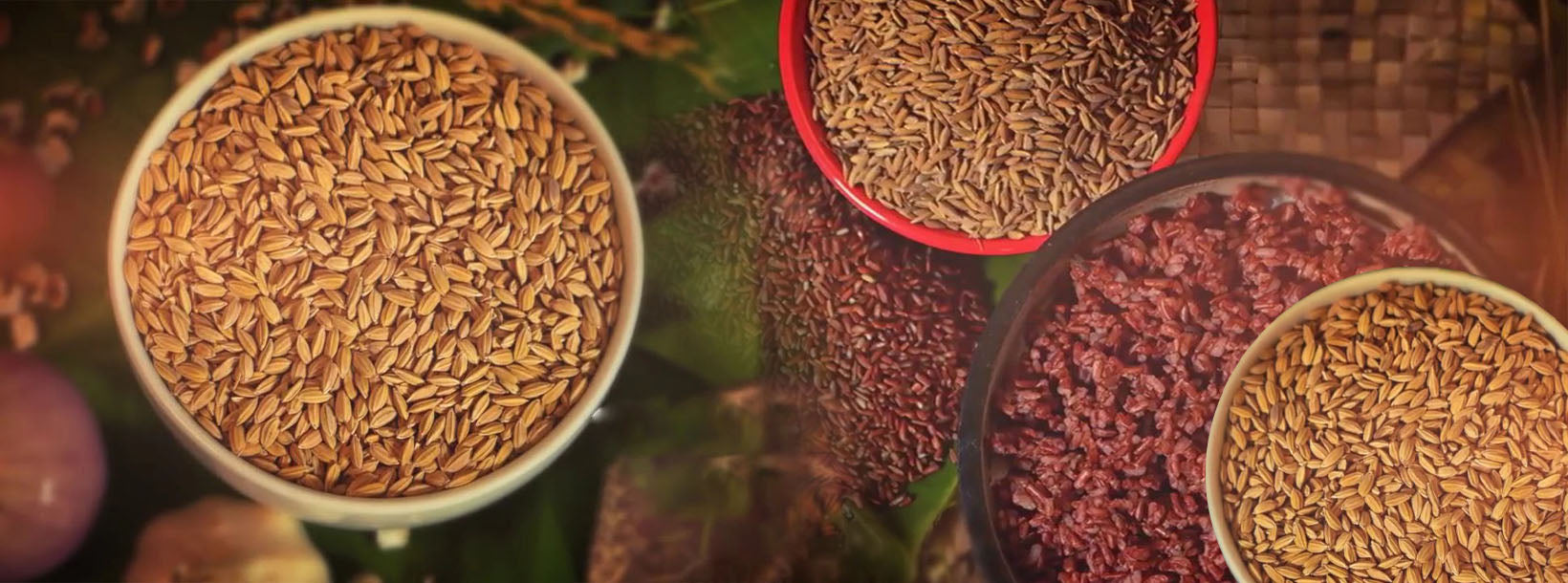
Traditional Rice
水稻种植与斯里兰卡的历史文化有着悠久而平行的关系,斯里兰卡人在过去三千年里一直奉行以农业为基础的生活方式。根据文献记载和考古学证据,该岛的水稻种植可以追溯到公元前900至600年。
传统米饭
在斯里兰卡,自公元前800年以来就开始种植水稻,而自公元前390年以来,大规模的灌溉工程进一步支持了水稻种植。在这一时期,斯里兰卡被称为东方的粮仓,据报道当时有约2000种本土稻米品种。到20世纪初,已有约567种传统稻米品种被记录下来。这些品种通过自然进化和祖先的无意选择,适应了该国高地和低地各种水稻种植生态环境。
由于外国统治者的疏忽,传统品种混杂在一起,20世纪20年代,农业部的科学家采用了净化过程,并推荐了用于种植的纯系品种,如今的传统品种主要是这些纯系品种的结果。这些品种具有足够的多样性,能够适应不同的水稻种植环境和消费者偏好。因此,传统稻米品种具有特定的适应性,而不是普遍的适应性。
大多数品种从播种到收获的成熟期为4-6个月。只有极少数品种的成熟期为2½至3½个月。大多数传统稻米品种为红色,只有少数为白色。某些传统品种对光周期非常敏感,只在十二月的短日照条件下开花,因此只能在该国的马哈季节种植。传统植物结构非常原始,植株高大而茎秆脆弱,种植过程中容易倒伏。传统品种的收获指数低于0.3,表明其生物量含量高于植株所产谷粒的数量,导致产量低。传统品种还表现出特定的适应性、对非生物胁迫的抗性,以及对某些主要害虫和疾病的单一抗性或易感性。
斯里兰卡的传统知识认为这些品种具有营养和药用价值。这些特性多种多样,包括增强免疫系统、体力和性功能,促进消化、排泄和减少体内毒素,并用于治疗发热、糖尿病、便秘、泌尿问题、肥胖、结核病、呕血以及治疗蛇毒中毒的人。近年来的研究从科学上验证了其中一些传统说法,明确表明斯里兰卡的传统稻米,尤其是红米,在炎症、糖尿病、癌症、神经疾病、胆固醇和氧化应激方面具有有益的药用特性。因此,在该国利用和应用这些宝贵的传统或本土稻米遗传资源,可能有效改善斯里兰卡人民的营养和健康状况。此外,传统稻米品种的巨大多样性要求对其进行保护和利用,以进一步改进,以满足未来的稻米需求,并为该国乃至世界的农业和环境问题提供解决方案。因此,让我们保护这一自然演化的传统稻米品种的宝藏,以确保未来的粮食和环境安全。
下载:
-
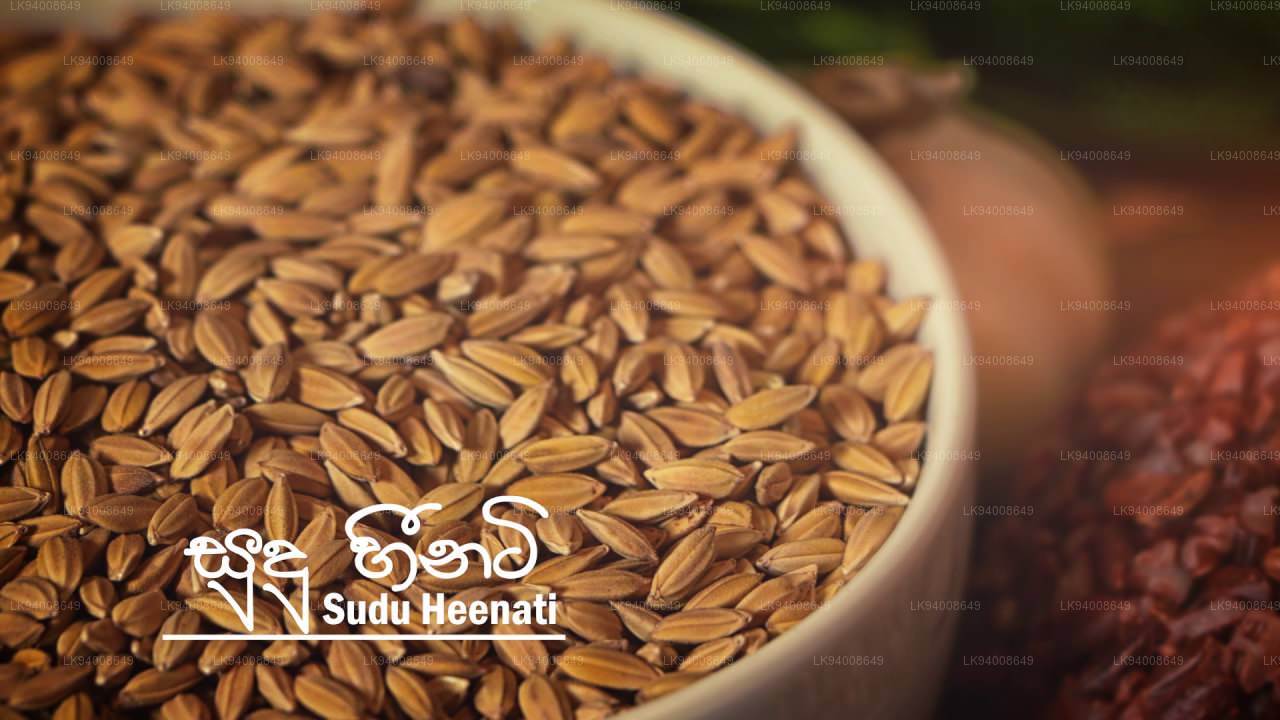 苏杜·希内蒂
苏杜·希内蒂Sudu Heeneti 是一种小型白色传家宝米品种,营养丰富,富含抗氧化剂,是斯里兰卡传统药膳的理想选择。它口感柔软,带有温和的泥土气息。
-
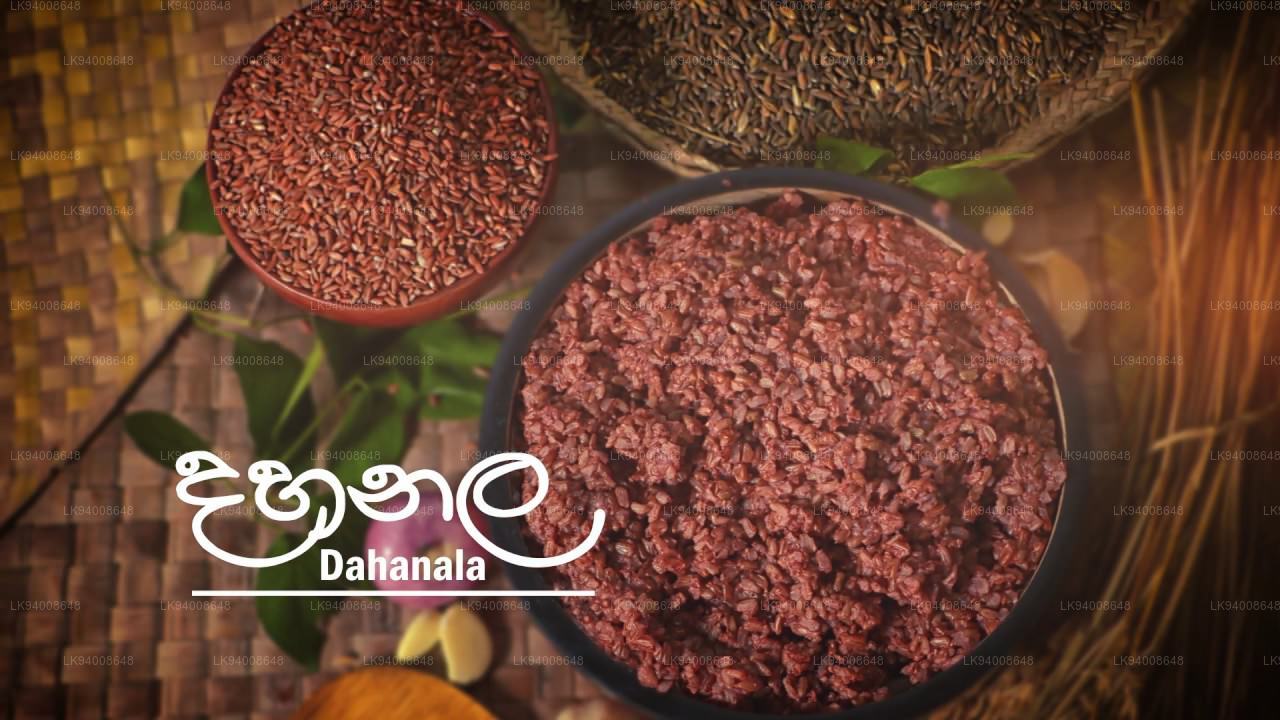 达哈纳拉
达哈纳拉达哈纳拉是一种稀有且营养丰富的传统米,呈微红色。它因其高纤维含量和温和香甜的口感而备受青睐,非常适合用来煮粥或做健康餐。
-
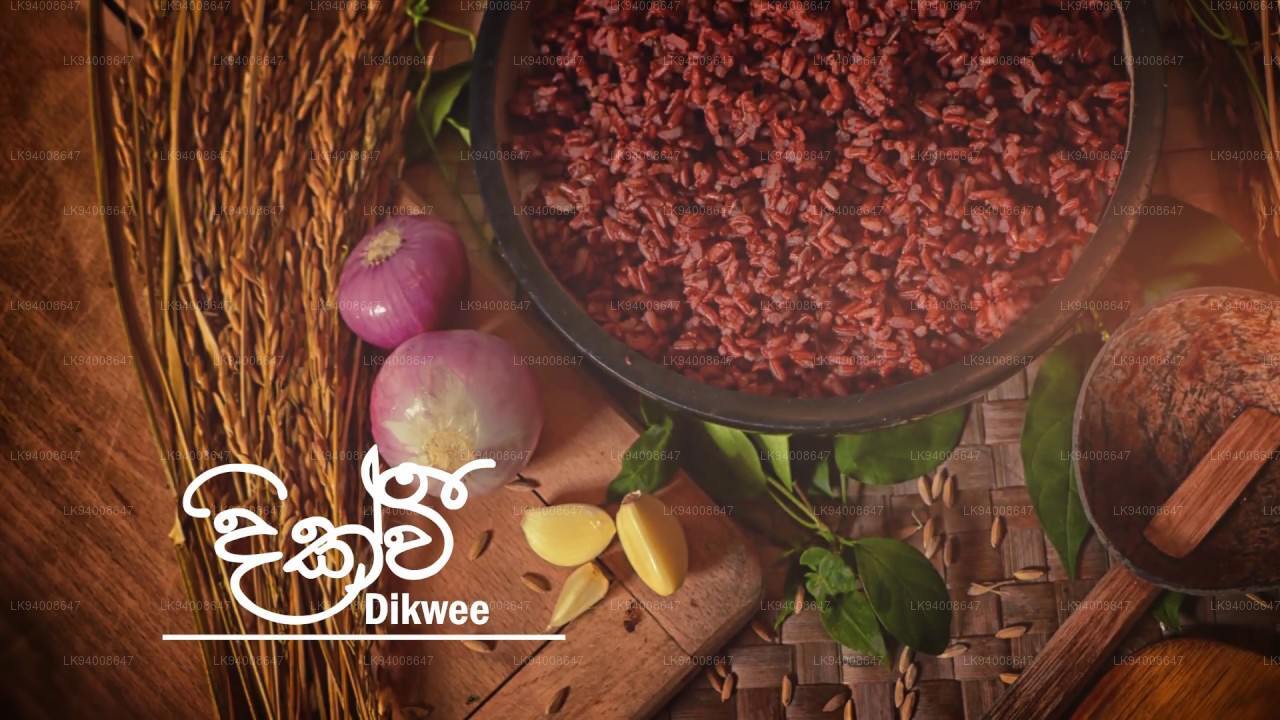 迪克·维
迪克·维Dik Wee 是一种中粒红米品种,传统上在斯里兰卡种植。植株最高可达 150 厘米。播种后 4 至 4 个半月即可收获。
-
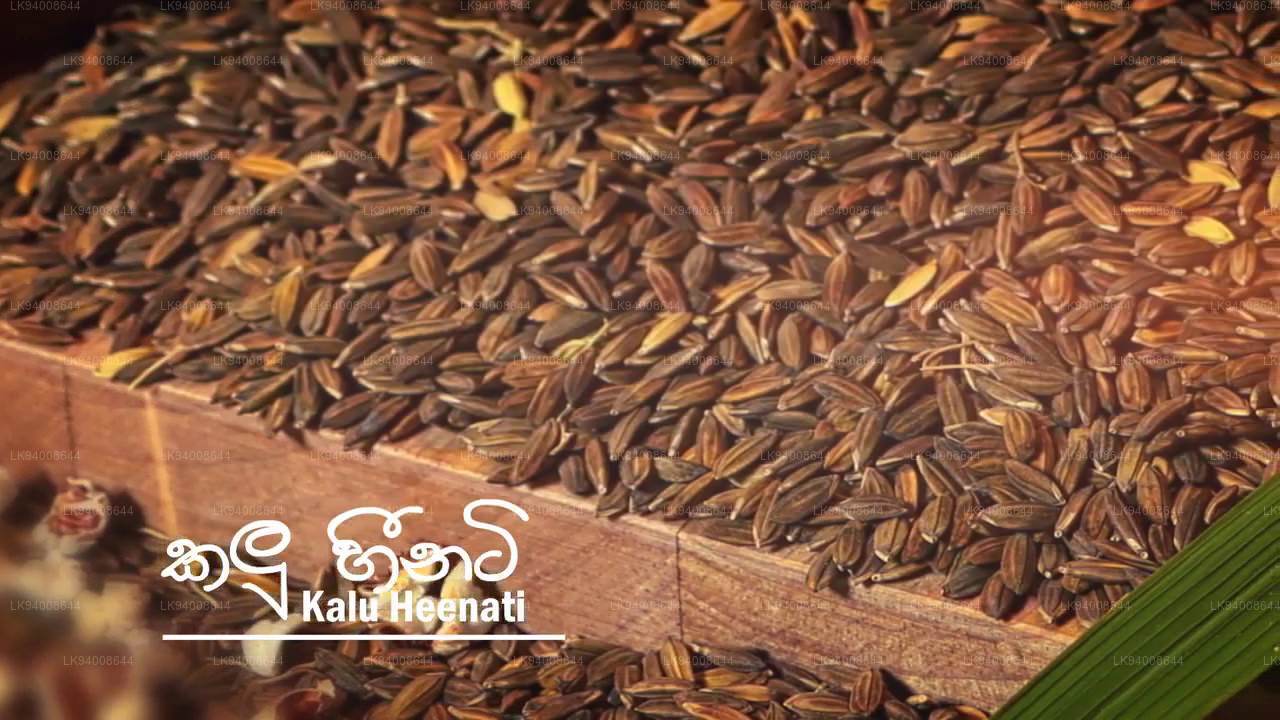 卡卢·希内蒂
卡卢·希内蒂这种水稻因其外稃和内稃的颜色在成熟时会变成黑色,因此被命名为 Kalu Heeneti。该品种传统上在斯里兰卡种植,产出红色的中等大小的米粒。植株最高可长到 120 厘米。
-
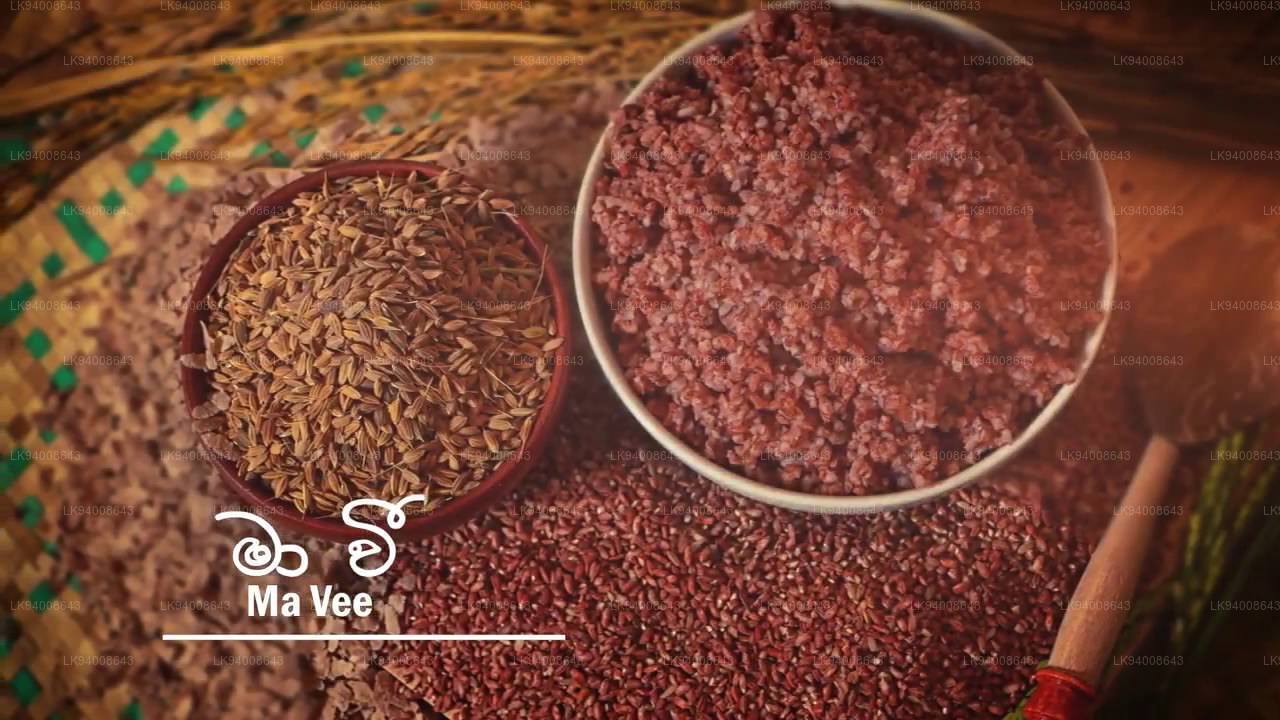 马伟
马伟Ma Wee 是斯里兰卡传统种植的一种红米品种。其米粒大小形状各异,有短圆的,也有中长型的。它是目前栽培的最高稻株之一,最高可达 350 厘米。
-
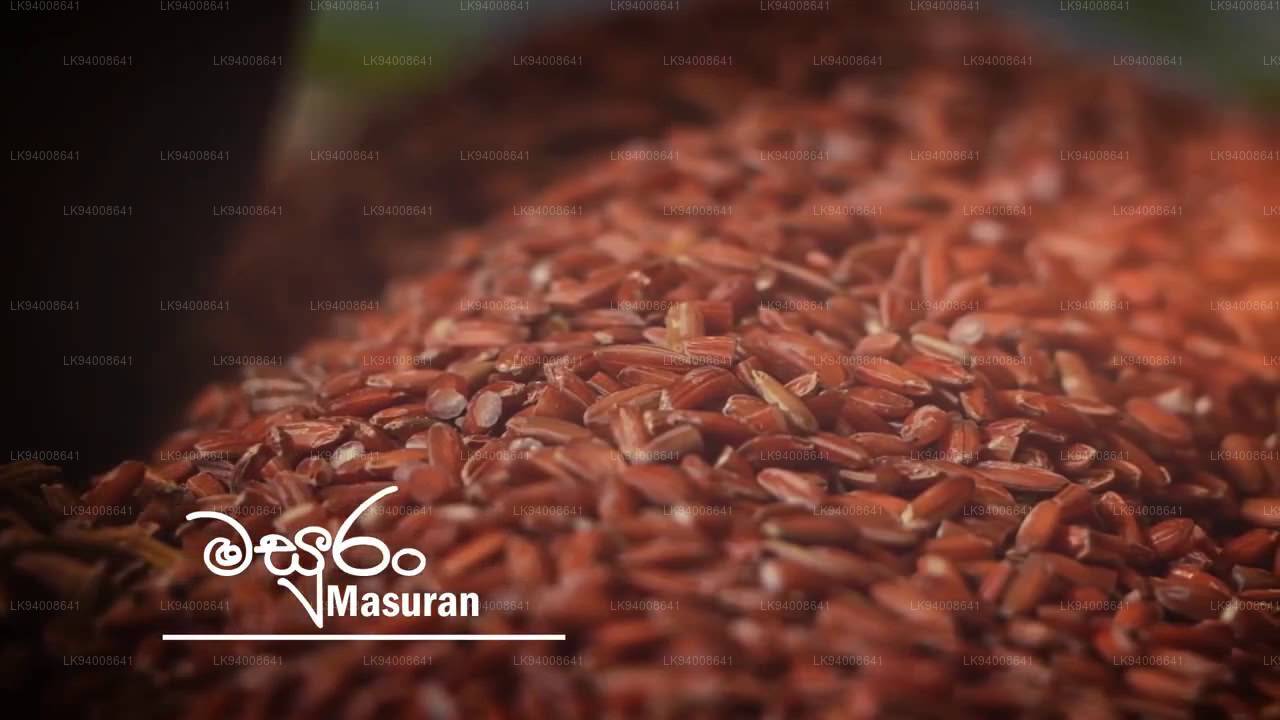 马苏兰
马苏兰Masuran 是斯里兰卡传统种植的一种受欢迎的中粒红米品种。该品种植株最高可达 120 厘米,抗倒伏。在 Yala 季,播种后 3 个半月即可收获;在 Maha 季,播种后 4 个半月即可收获。
-
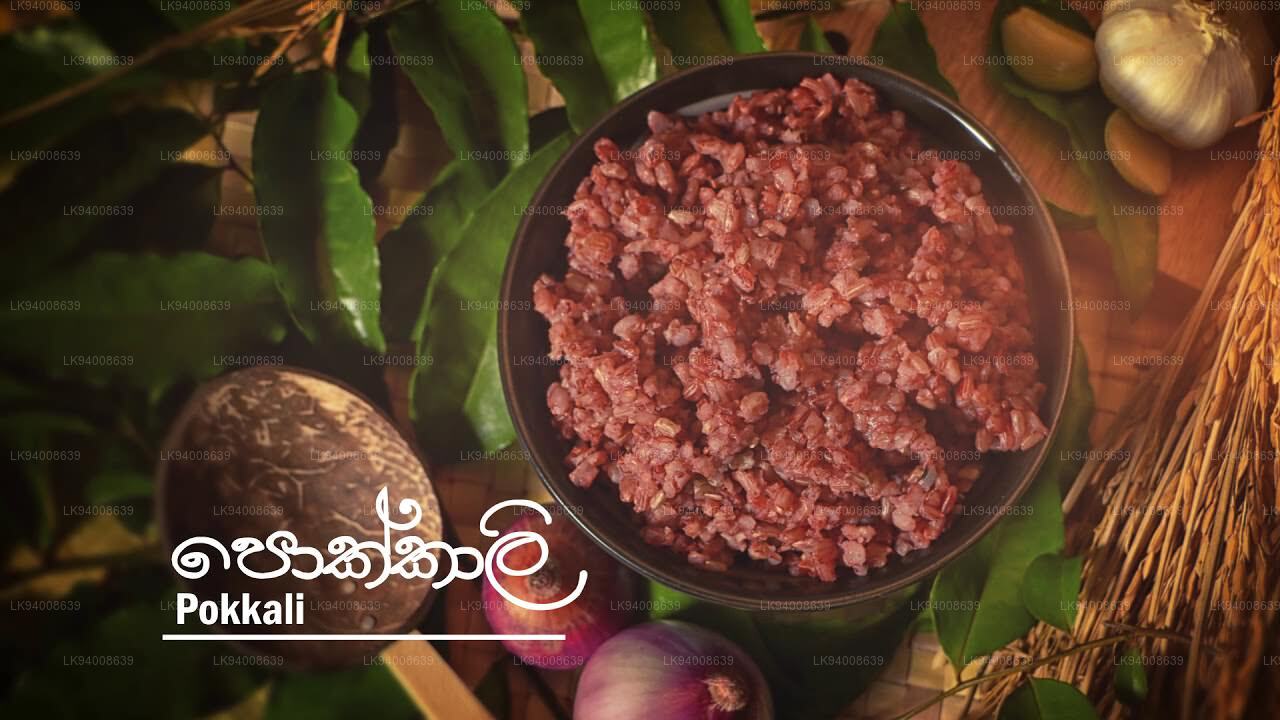 波卡利
波卡利Pokkali 是斯里兰卡传统种植的一种常见红米品种。其株高约 130 厘米,每株约有 10 个分蘖。播种后三个半月即可收获。
-
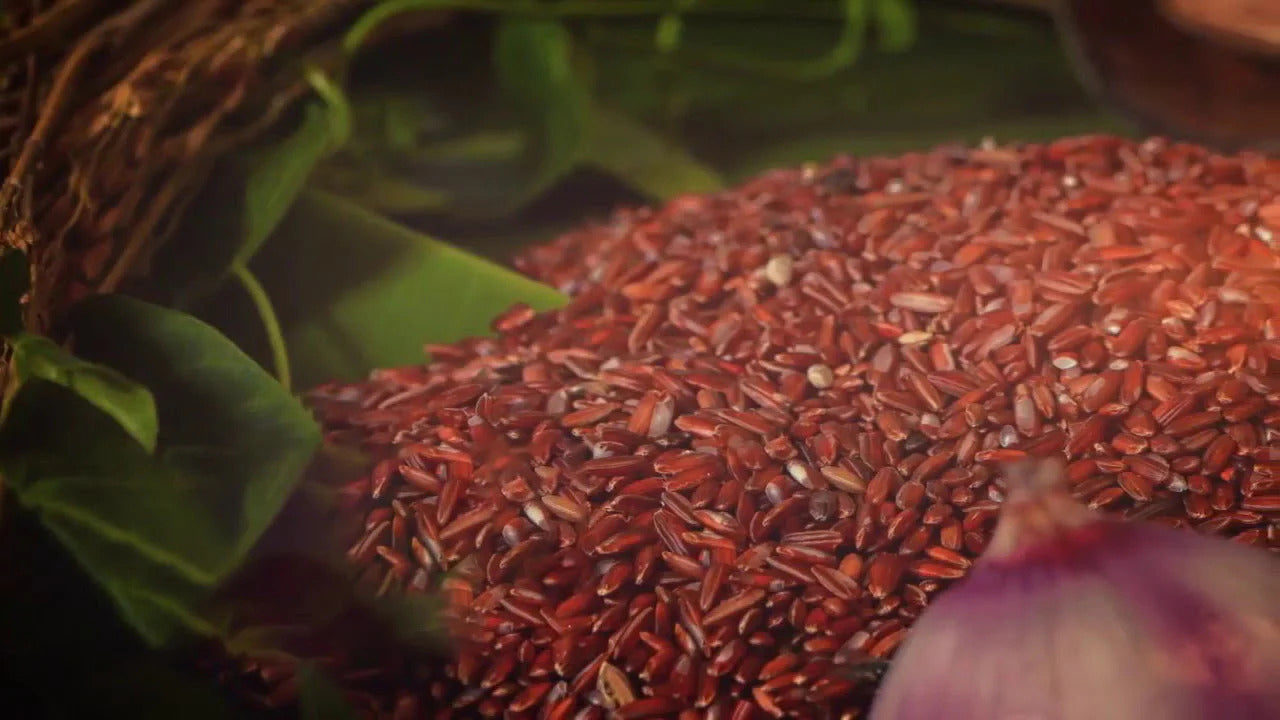 帕恰佩鲁马尔
帕恰佩鲁马尔Pachchaperumal 是一种非常受欢迎的中粒红米品种,传统上在斯里兰卡种植。该品种植株最高可达 120 厘米。播种后三个半月即可收获。成熟时,茎秆呈浅蓝色。
-
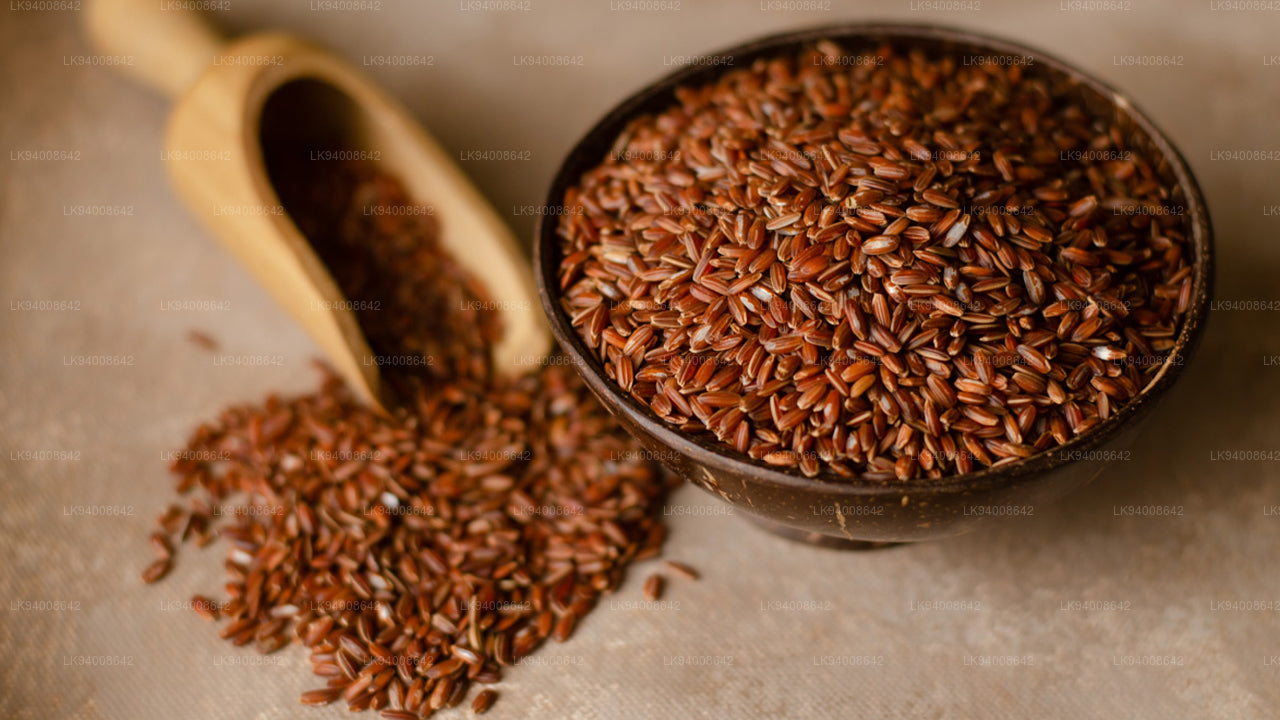 马达塔瓦鲁
马达塔瓦鲁马达塔瓦鲁(Madathawalu)是一种非常受欢迎的短粒红米品种,传统上在斯里兰卡种植。该品种植株最高可达130厘米。播种后4个月即可收获。
-
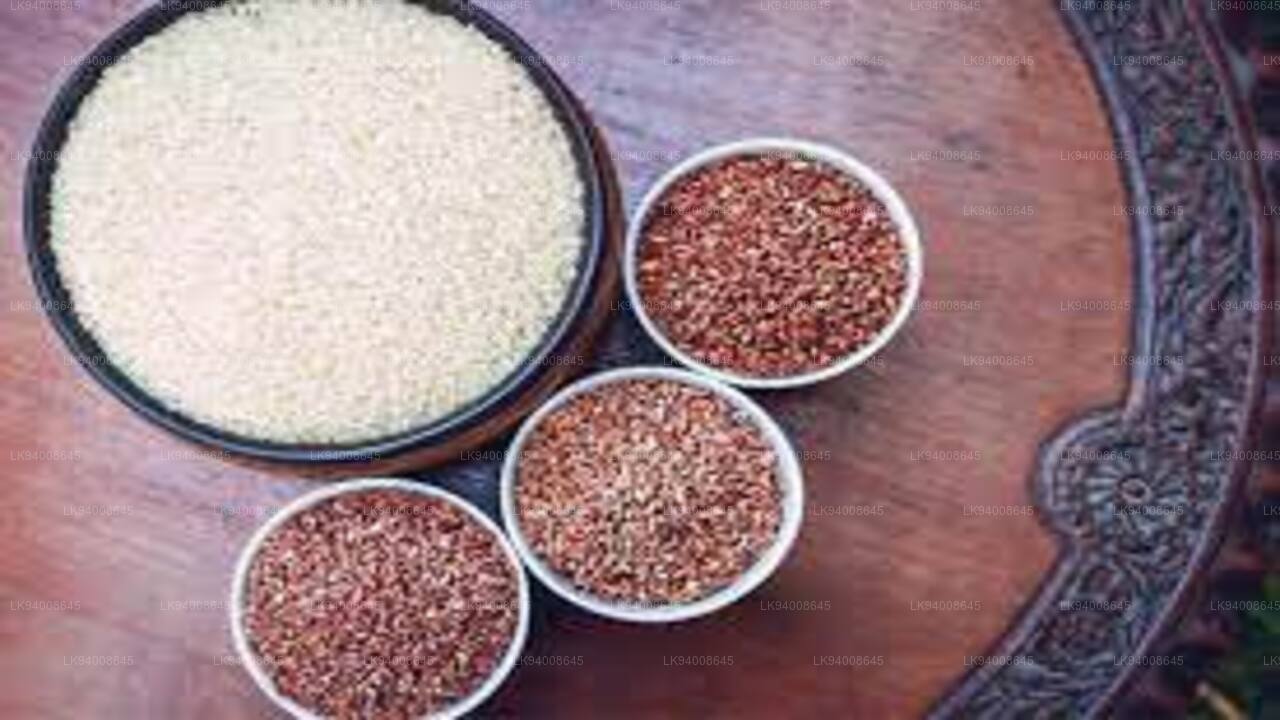 Gonabaru
GonabaruGonabaru是斯里兰卡传统种植的一种受欢迎的中粒稻品种。该品种植株最高可达140厘米。播种后5个月内即可收获。
-
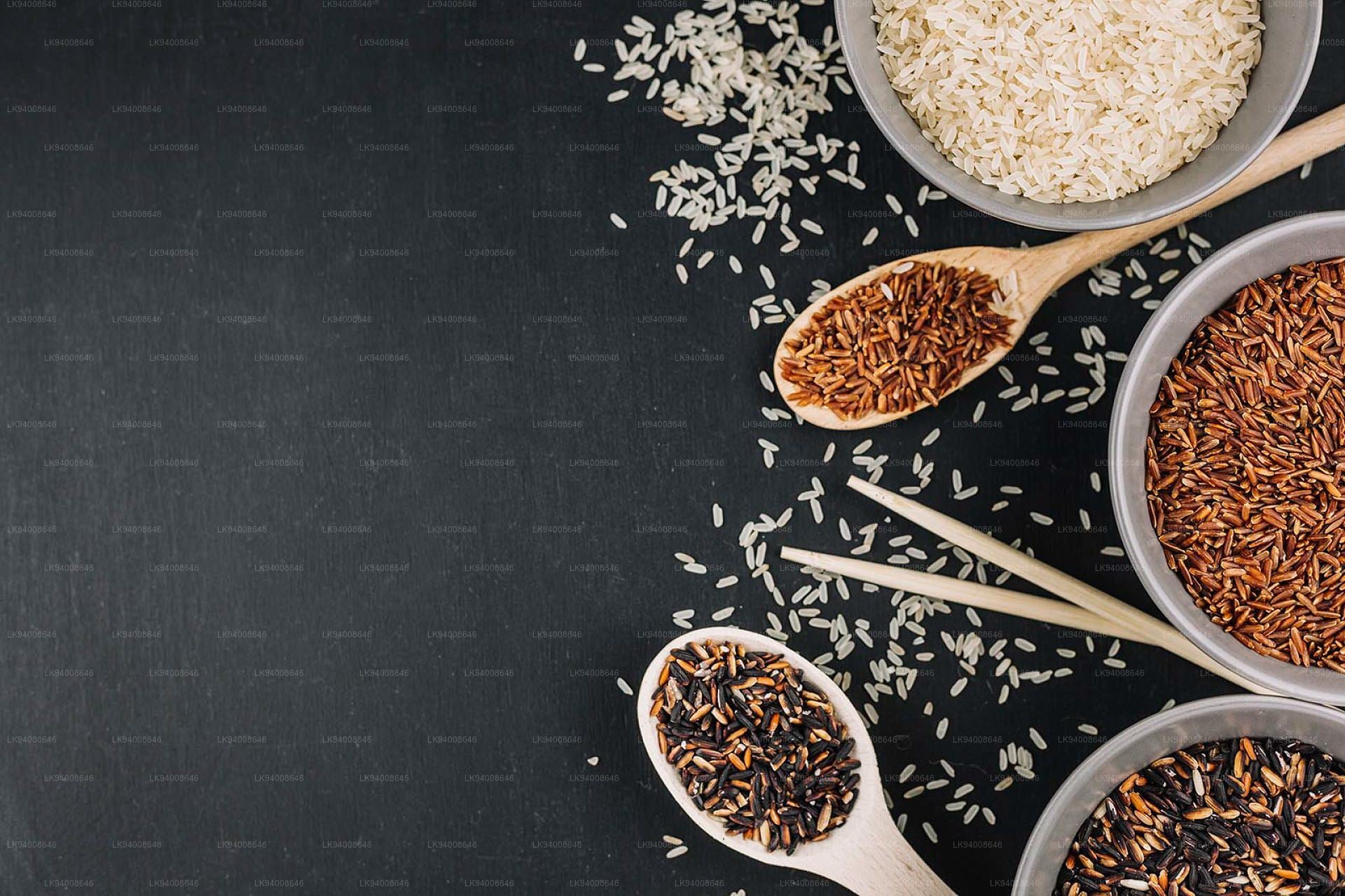 戈达·希内蒂
戈达·希内蒂Godaheeneti 是斯里兰卡传统上种植的一种受欢迎的中粒红米品种,属于 heeneti 类型。该品种植株最高可长至 160 厘米。播种后 3 个半月即可收获。
-
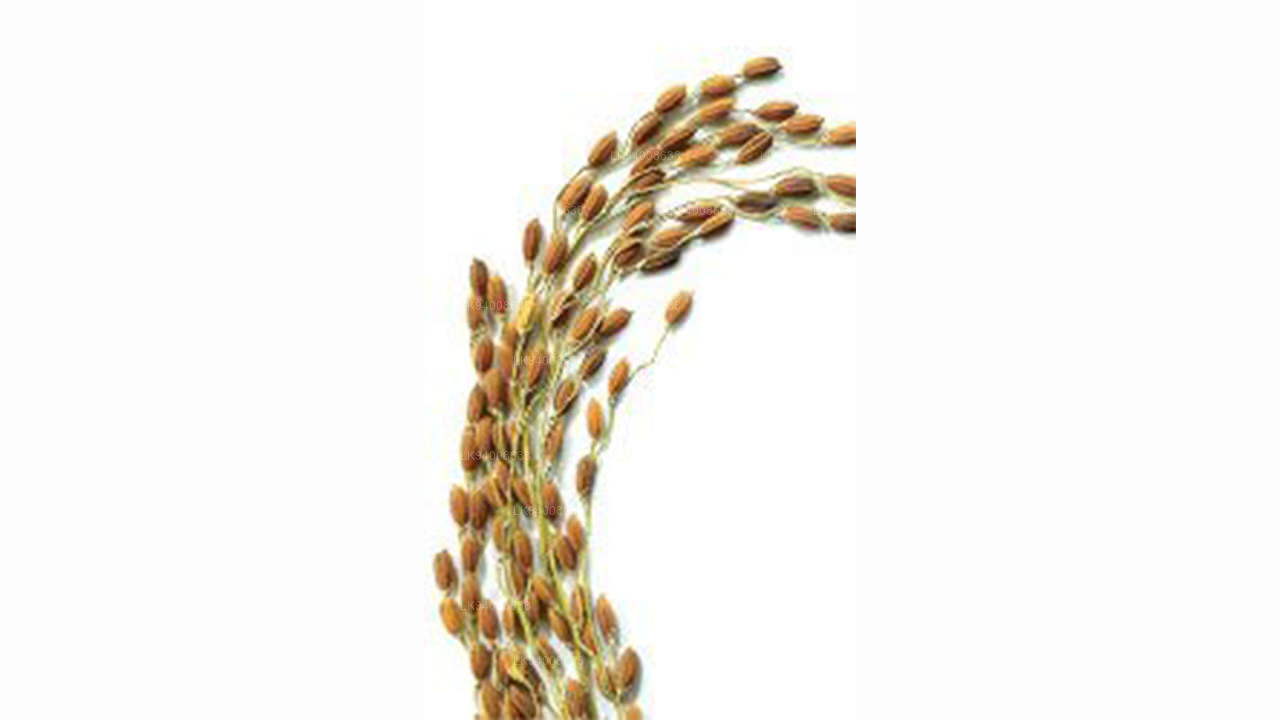 拉特·苏万达尔
拉特·苏万达尔Rathsuwandal是一种广受欢迎的中粒红米品种,传统上在斯里兰卡种植。该品种植株最高可达120厘米。播种后三个半月即可收获。
















